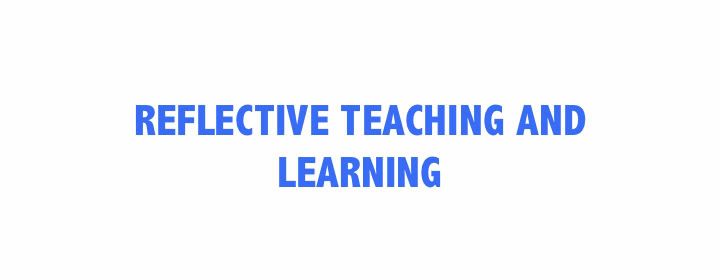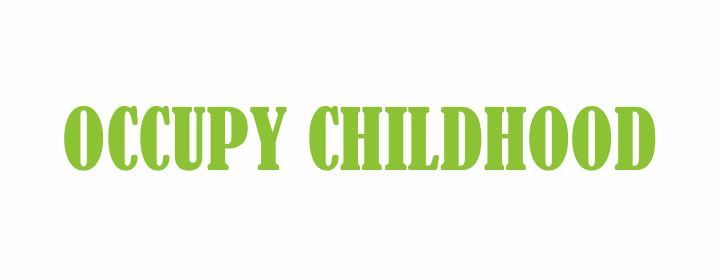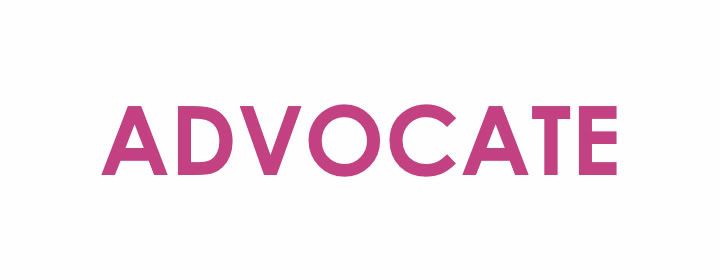DRAFT OF A POSITION STATEMENT ON MUD
Revised DRAFT: Beach Cities Association for the Education of Young Children
Early Education Action League Committee Recommendation: Position Statement
Early Care and Education – The Integration of Mud into the Curriculum
May 9, 2012
The Early Education Action League (EEAL) Committee of BCAEYC has committed itself to serve as an outspoken and assertive advocate for children.
The Position: Mud is a magnificent medium for exploration that merits inclusion in the early care and education program on a daily basis. For the purposes of this Position Paper, “Mud” shall be considered to include sand, dirt, clay, cement, and other sensory rich experiences utilizing “naturally” occurring materials in the presence of moisture or water such that children can engage in rich sensory experiences with or without intention or adult contrived learning outcomes.
The History and Human Uses of Mud: Mud can be justified as a learning material in a number of ways. Docia Zavitkovsky, one of the great play advocates of our time wrote about mud in her 1996 article, Docia Shares a Story: Developmentally Appropriate Experiences. Historians, bloggers,and alternative health adherents support the use of Mud.
- Mud has been used since ancient times as a “remedial” agent for health issues. Today, “Mud Therapy” has been practiced by alternative medicine adherents for muscle relaxation and skin care. Some researchers have even concluded that exposure to bacteria and viruses through Mud support the development of a healthy immune system and can even “activate the neurons that produce serotonin – a key chemical in many bodily functions…” (Discovery Children’s Centre, n.d.).
- Mud has been used by children as a dramatic play activity for generations. Children, imitating their parents, have made “pies”, built “houses”, and created settings for dramatic play. Mud and clay pre-dated play dough as a medium for creating representations of real and imagined objects.
- Using “earth” or dirt to build homes goes back to prehistory. In the form of “adobe”, mud has been a choice for building for centuries. Adobe and mudbrick structures are durable and make up some of the oldest manmade structures in the world (U.S. Department of the Interior/Natural Park Service, n.d.).
- Mud has been used as an art medium in cultures from around the world (Denver Art Museum, n.d.).
- Today Mud Day is celebrated by early care and education colleagues around the world on International Mud Day (World Forum Foundation, n.d.).
Recommendations: Mud has widespread relevance to young children. Its value includes both instructional and free-experiential contexts. Mud has been an important part of the human work and play experience throughout history. As such, our recommendation is that Mud be an integral and daily component of all early education programs as either a choice during free play and experience, during direct instructional time, or as an intentional medium for exploring social, sensory, scientific, mathematical, literacy, social science, or anthropological/cultural contexts and experiences.
- Mud shall be offered in the form of sand and water play both in indoor and outdoor sensory experiences.
- Mud shall be offered regularly in the form of clay as an option to play dough.
- Mud shall be offered in the form of free-choice experiential forms to children in unstructured outdoor settings.
- Mud shall be included as a construction material, just as blocks and other materials. Towards this purpose, appropriate tools such as molds, and hand-tools shall be made available. Additional tools such as an oven or other method of “baking” the Mud or clay shall be considered.
- Books, photos and other literacy supports shall be provided that depict mud in various use for work, play or exploration.
- Parents shall be informed of the value of Mud.
- Teachers shall receive professional development that supports and encourages the inclusion of Mud in the curriculum.
Final Thoughts:
According to Richard Louv, even adults suffer from nature deficit disorder. As our world changes ever more rapidly in response to technological advances, we grow ever more removed from nature. Mud is elemental. Mud has been an important part of human experience throughout our existence. Children benefit from Mud in myriad ways, from health and biochemistry to sensory integration to social-emotional development to cognitive development. Mud belongs in early care and education programs. It belongs in the hands and between the toes and in the sensory table, and the science area. It belongs in the arts and crafts area, the construction area and the quiet area.
Years ago, in the Advocacy Center at CAEYC’s Annual Conference, a huge block of clay lay at the ready for conference goers to engage with. Alas, it is apparent that we have lost our sense of wonder. That marvelous, wonderful block of clay – that piece of Mud – was touched cautiously and rarely. The fear of getting messy has infiltrated even our profession.
And so it is with passion and urgency that we submit this Position Statement on our ancient friend – Mud.
Sources:
Children’s Discovery Center. n.d. The Mud Book
Denver Art Museum. n.d. Marvelous Mud: Clay from Around the World, retrieved fromhttp://exhibits.denverartmuseum.org on May 9, 2012
Gill, Tim. n.d. Rethinking Childhood. http://rethinkingchildhood.com
Keeler, R. 2011. Marvelous mud
Louv, R. 2011. the Nature Principle
Palmer, Sue. n.d. Sue’s Blog. www.suepalmer.com
U.S. Department of the Interior/Natural Park Service. n.d. Preservation of Historic Adobe Buildings, retrieved from www.nps.gov on May 9, 2012
World Forum Foundation. n.d. Celebrate World Forum International Mud Day, retrieved fromhttp://worldforumfoundation.org on May 9, 2012
Zavitkovsky, D. 1996. Docia Shares a Story: Developmentally Appropriate Experiences


















